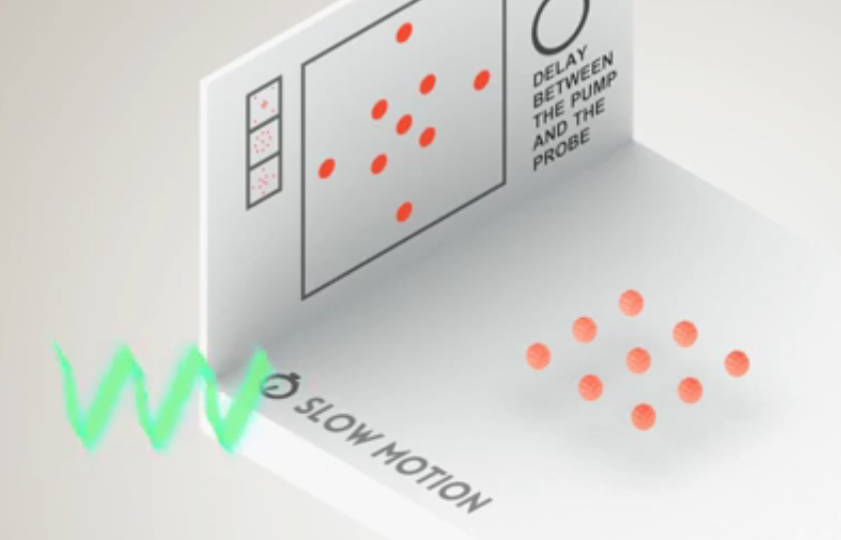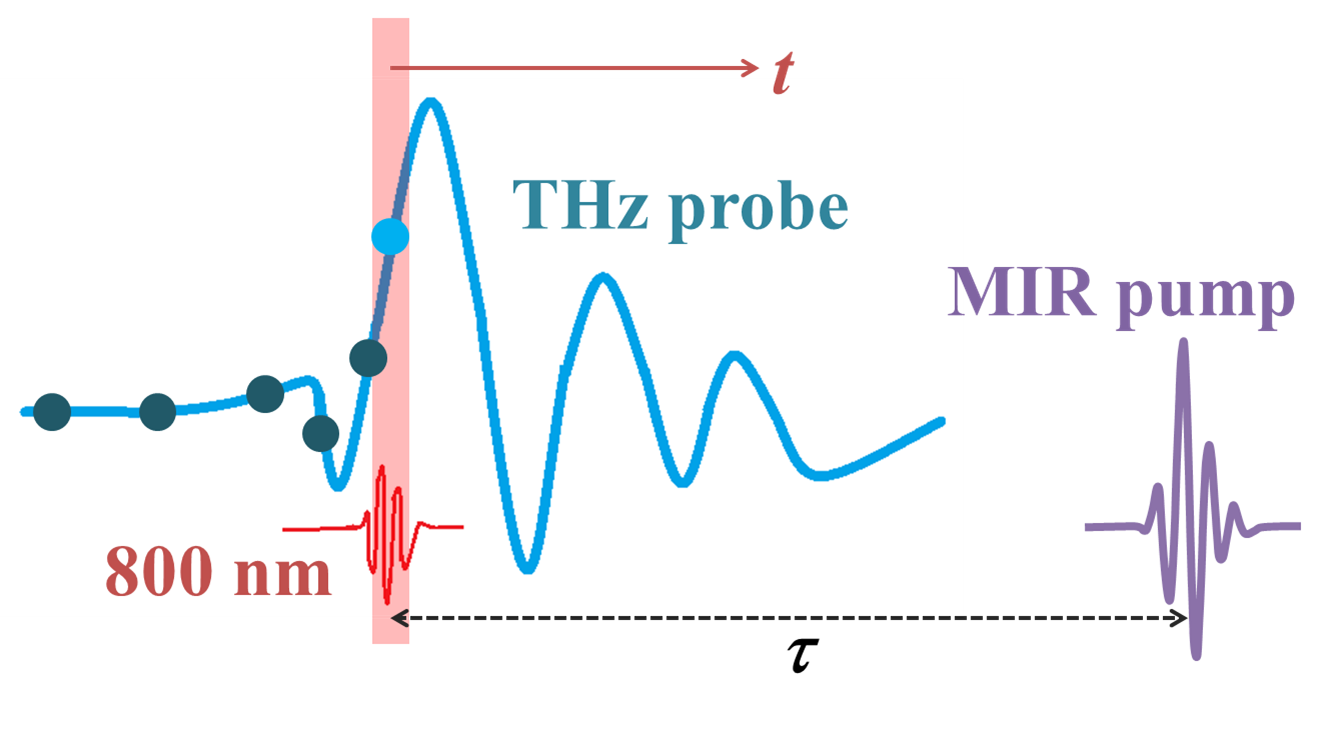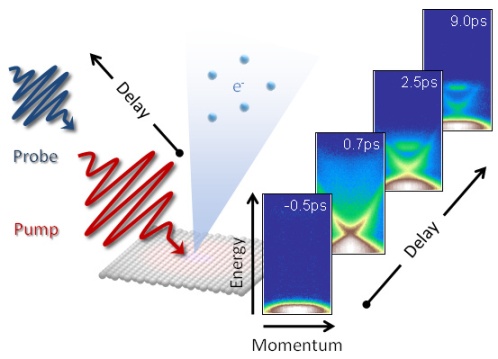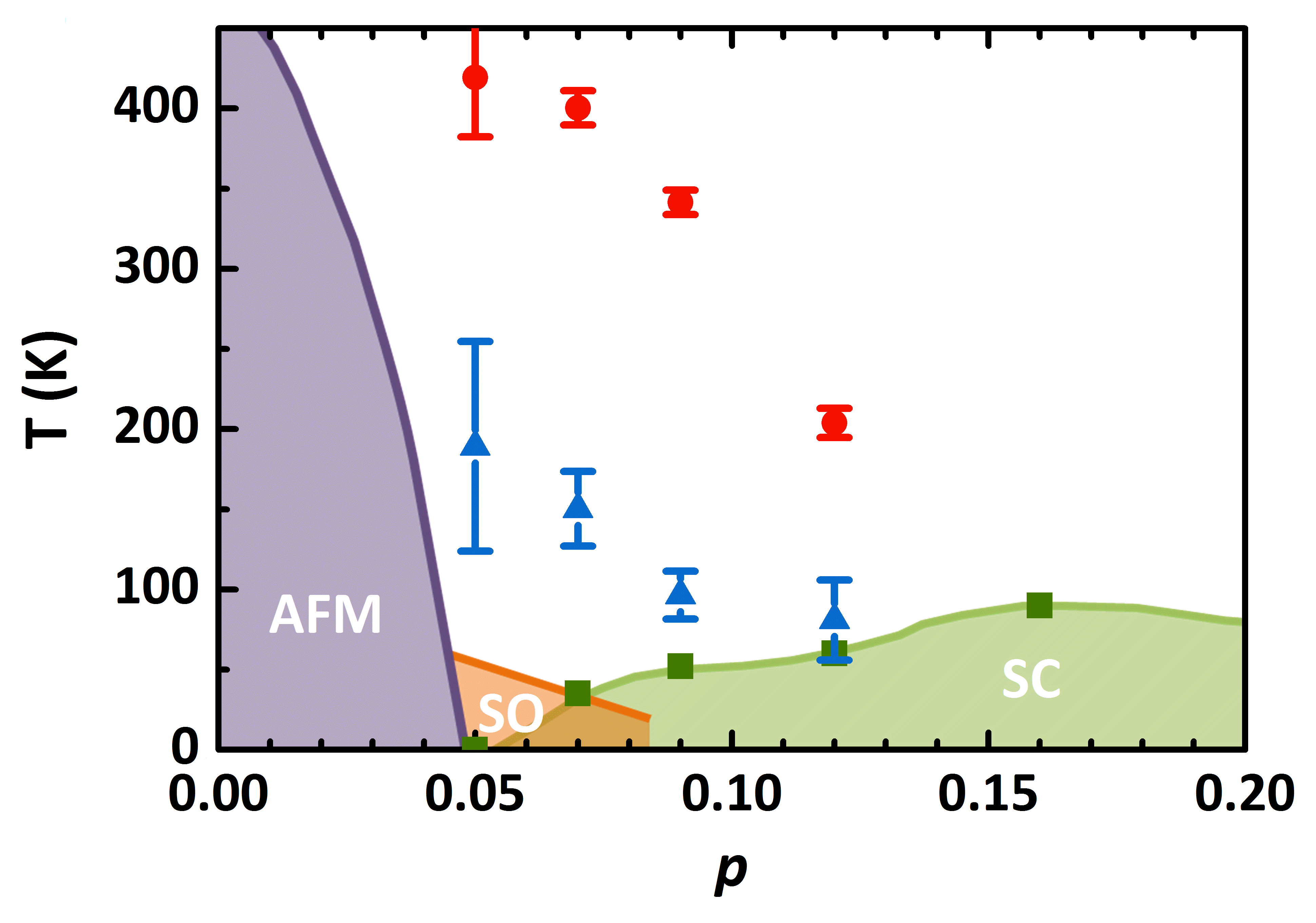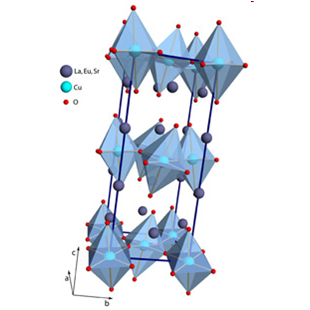I am interested in developing strategies to disrupt the ground state of materials using light pulses tailored to that system. Targeted excitation can tip the balance between energetically similar competing orders, clarifying why the ground state is favored in equilibrium. Or generate states that cannot be accessed by equilibrium methods, exposing new "dynamic" phase diagrams. Tailored light excitation can thus inform future materials design, and offers a route to ultrafast materials control.

Methods of manipulating quantum materials arranged by the frequency scale of the associated elementary excitations.
Many classes of materials exhibit macroscopic phases that arise from a complex interplay between their charge, spin, and lattice degrees of freedom. In such systems, small perturbations in doping or lattice arrangement can produce dramatic changes in behavior. Technological advances now make it feasible to tailor the wavelength, polarization, and other properties of ultrafast light pulses to selectively excite a specific electronic or lattice degree of freedom in a material, without introducing quasiparticle heating.
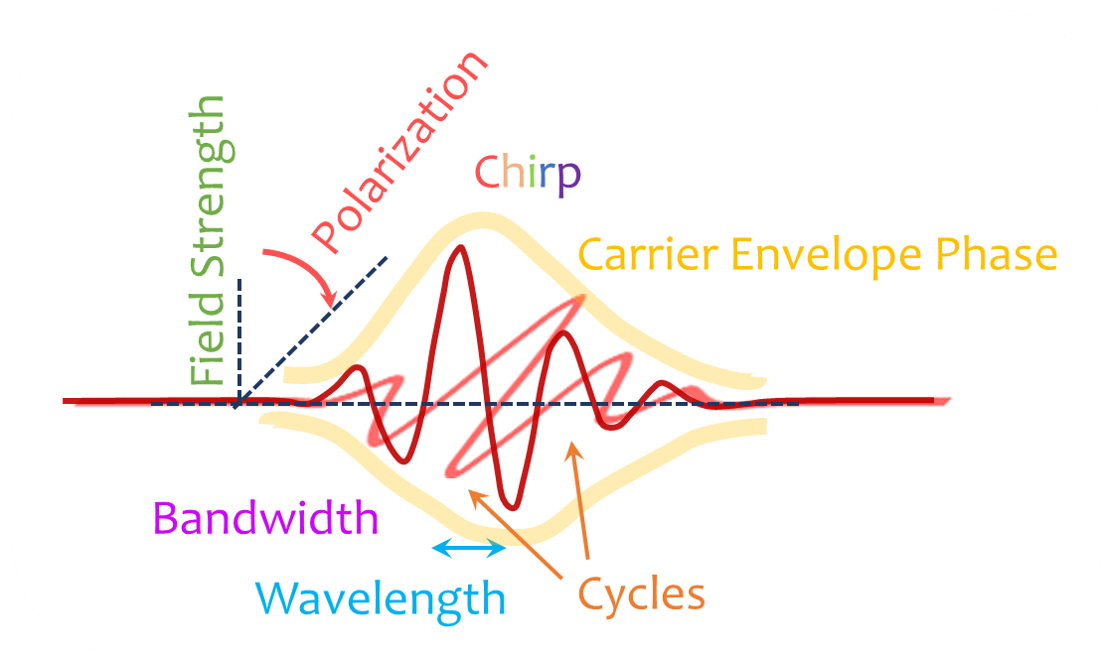
Figure credit: C.R. Hunt
Light pulses can be tailored in a myriad of ways to selectively target a specific material excitation.
The advantage of using ultrafast lasers for tailored light excitation is twofold. First, is the intrinsic time resolution available. Ultrafast laser spectroscopies use light pulses of order 100 femtosecond duration to interrogate electronic, spin, and lattice responses on the same fundamental timescale as these motions. Combining light excitation (“pump”) with ultrafast spectroscopic methods (“probe”) allows direct, time-resolved detection of how the light excitation changes a material’s properties. The influence of the initial, targeted excitation channel can be distinguished temporally from coupling to other degrees of freedom and relaxation processes that play out over time. Second, the peak pulse energies available from ultrafast sources far exceed what can be achieved with continuous wave lasers. This is crucial because many important light-matter interactions are nonlinear, and their contributions depend on the strength of the light field.

Energy scales of collective excitations in several groups of quantum materials.
The mid-infrared (MIR) regime is especially interesting for interrogating quantum materials because this corresponds to the meV energy scale of a wide range of collective orders. For example, this is the regime of superconducting condensates, ferromagnetic/antiferromagnetic oxide energy scales, charge and spin density wave gaps, excitonic states in transition metal dichalcogenides, surface states in topological insulators, and Dirac cones in graphene. This is also the regime of most phonon modes, which can be targeted to directly perturb the crystal lattice. For example, a range of oxides and perovskite-containing lattices—which are particularly known to be sensitive to lattice distortion—can be resonantly driven with MIR light in the range of OPA+DFG output. These materials include promising photovoltaic compounds and thermoelectrics, high temperature superconductors, manganites, and multiferroics. The types of lattice distortion achievable with light are fundamentally different than those that can be induced with applied strain and pressure.
High pump fluence is key to driving large amplitude lattice motions. Ionic displacements due to dipole coupling scale proportionally with the applied light field. Nonlinear mode coupling further permits indirect excitation of lattice motions that cannot be directly addressed with light, but these coupling strengths are often tiny, producing lattice distortions several orders of magnitude smaller than the dipole motions that produce them. As a point of comparison, ionic displacements induced by equilibrium methods—applied pressure or strain, chemical substitution—must typically reach picometers or larger to induce a bulk phase transition. To achieve this scale with light, applied fields must typically reach MV/cm.



